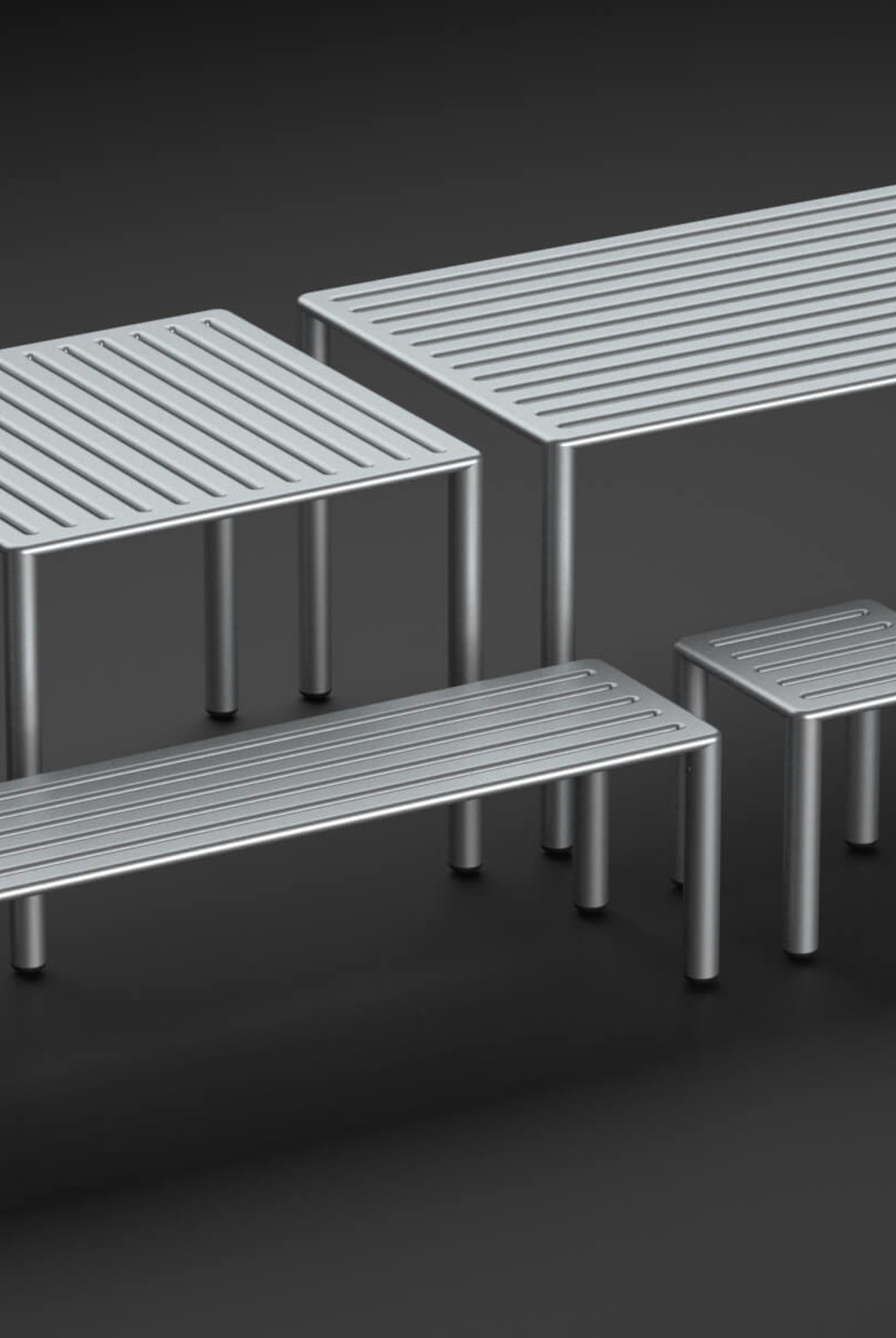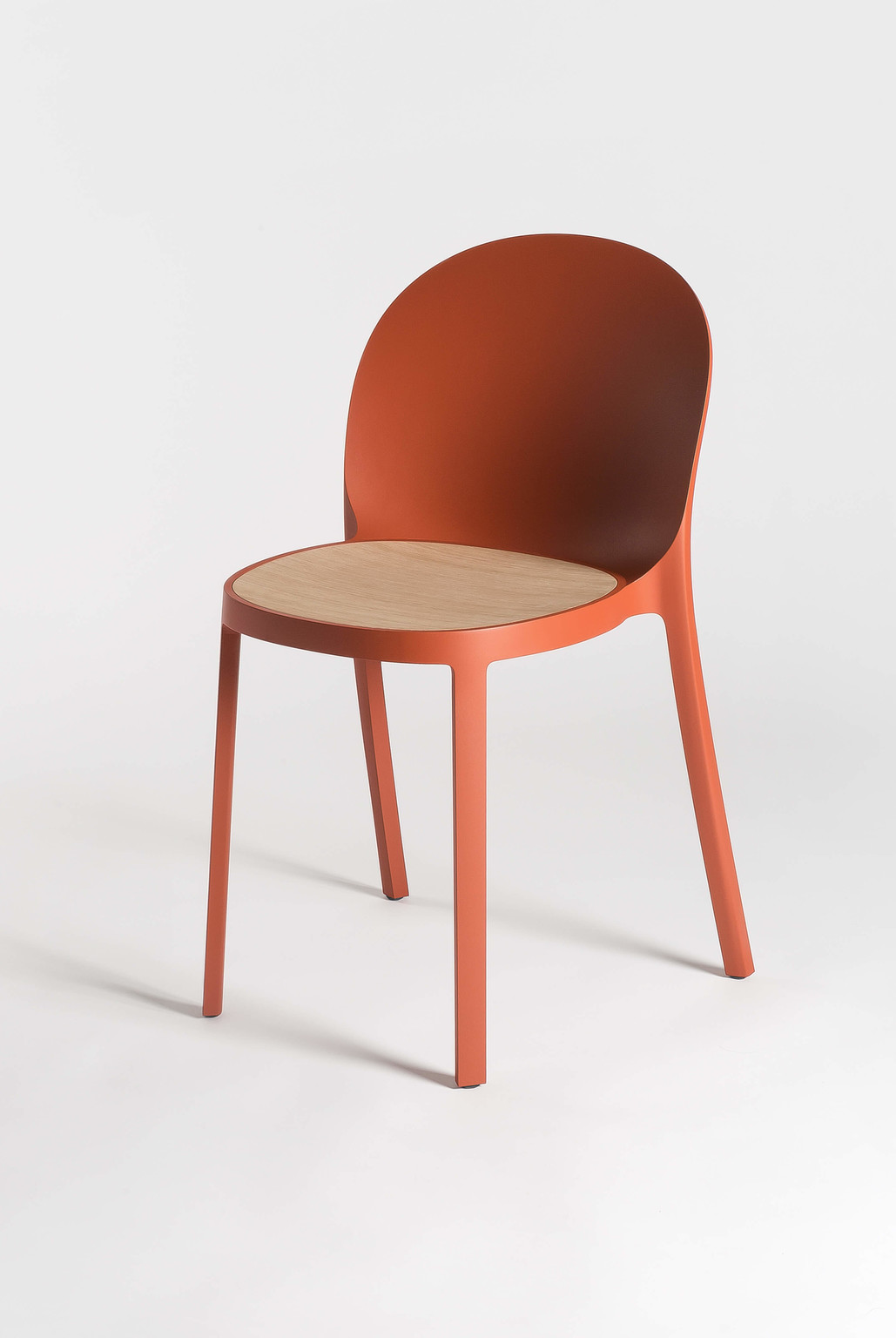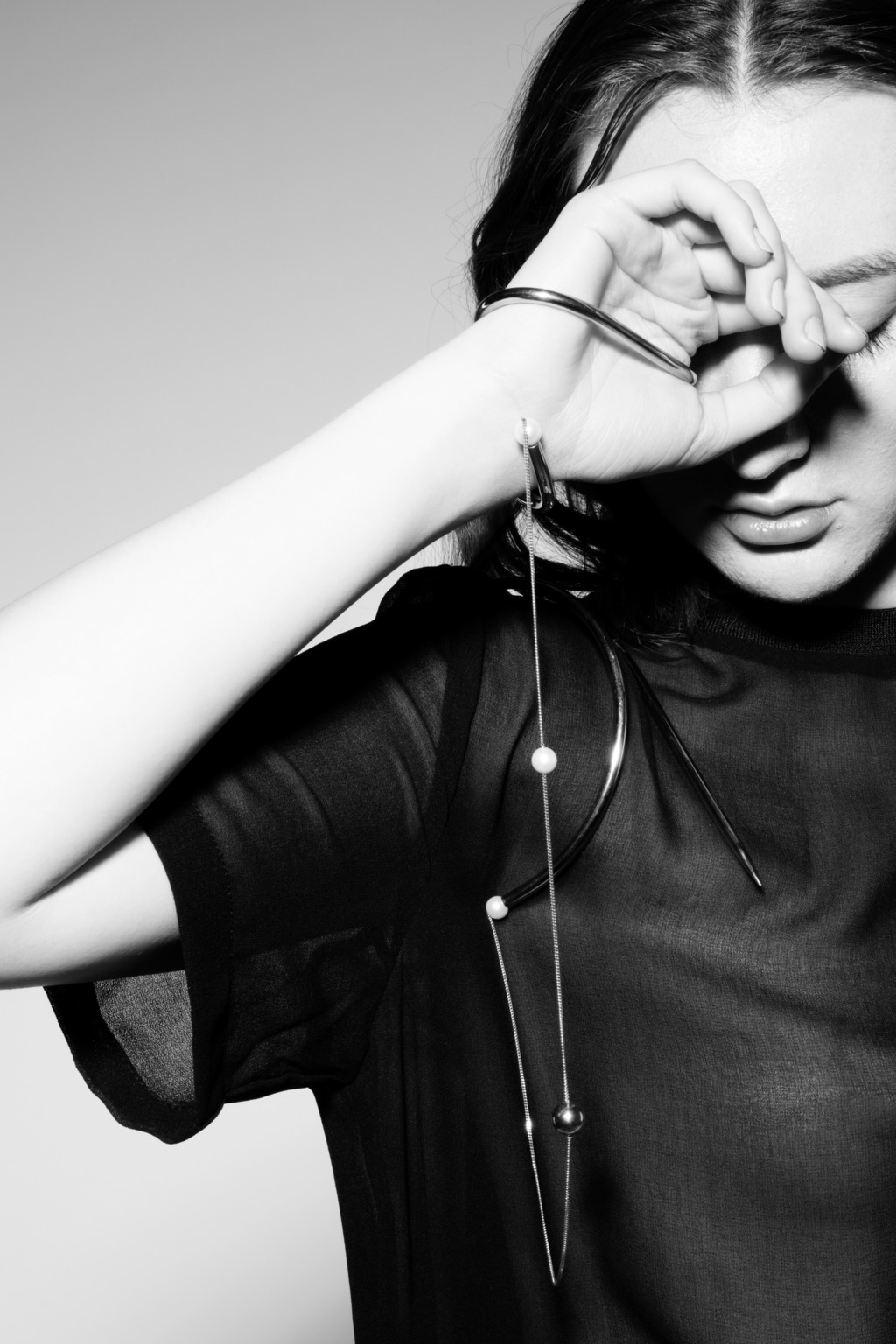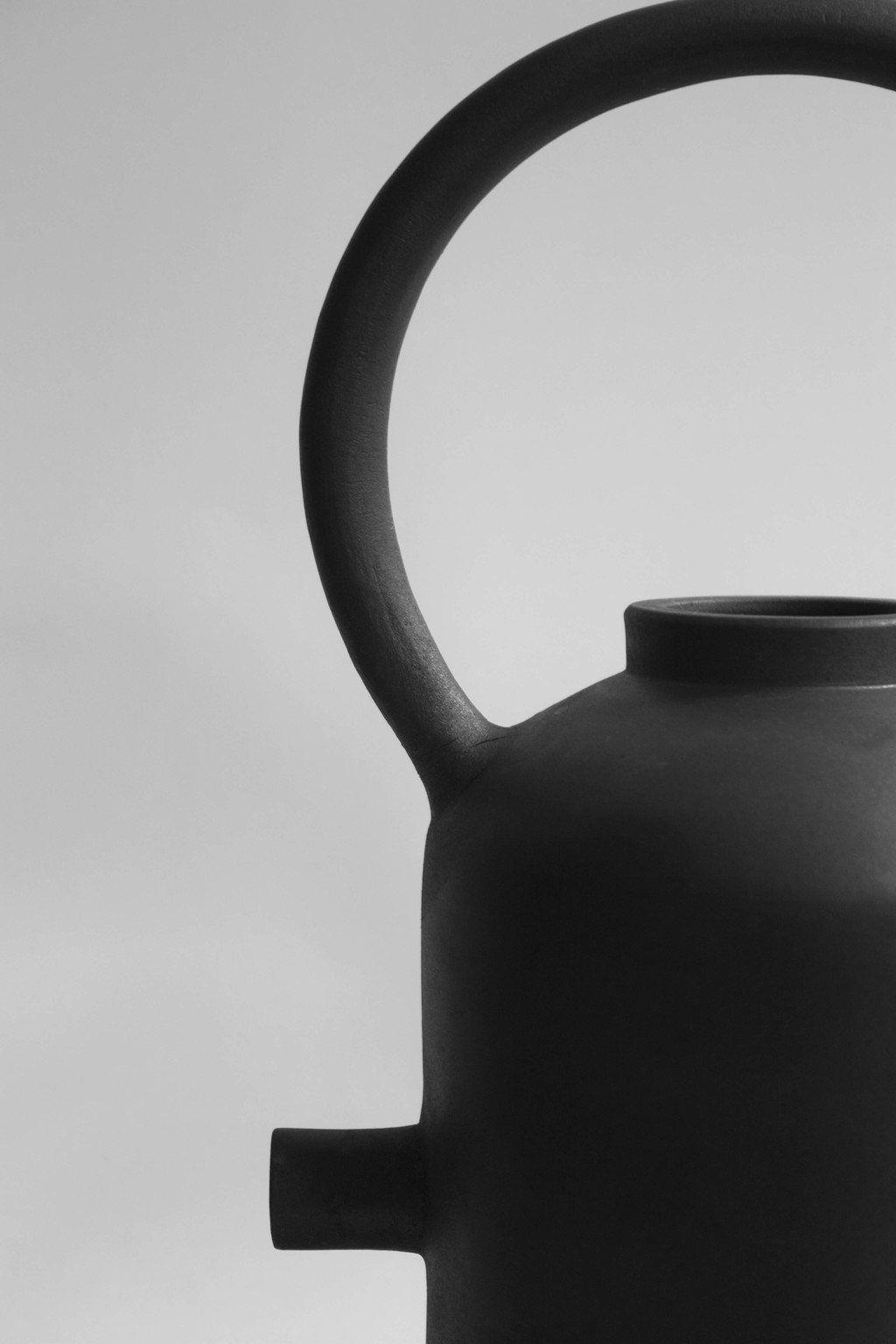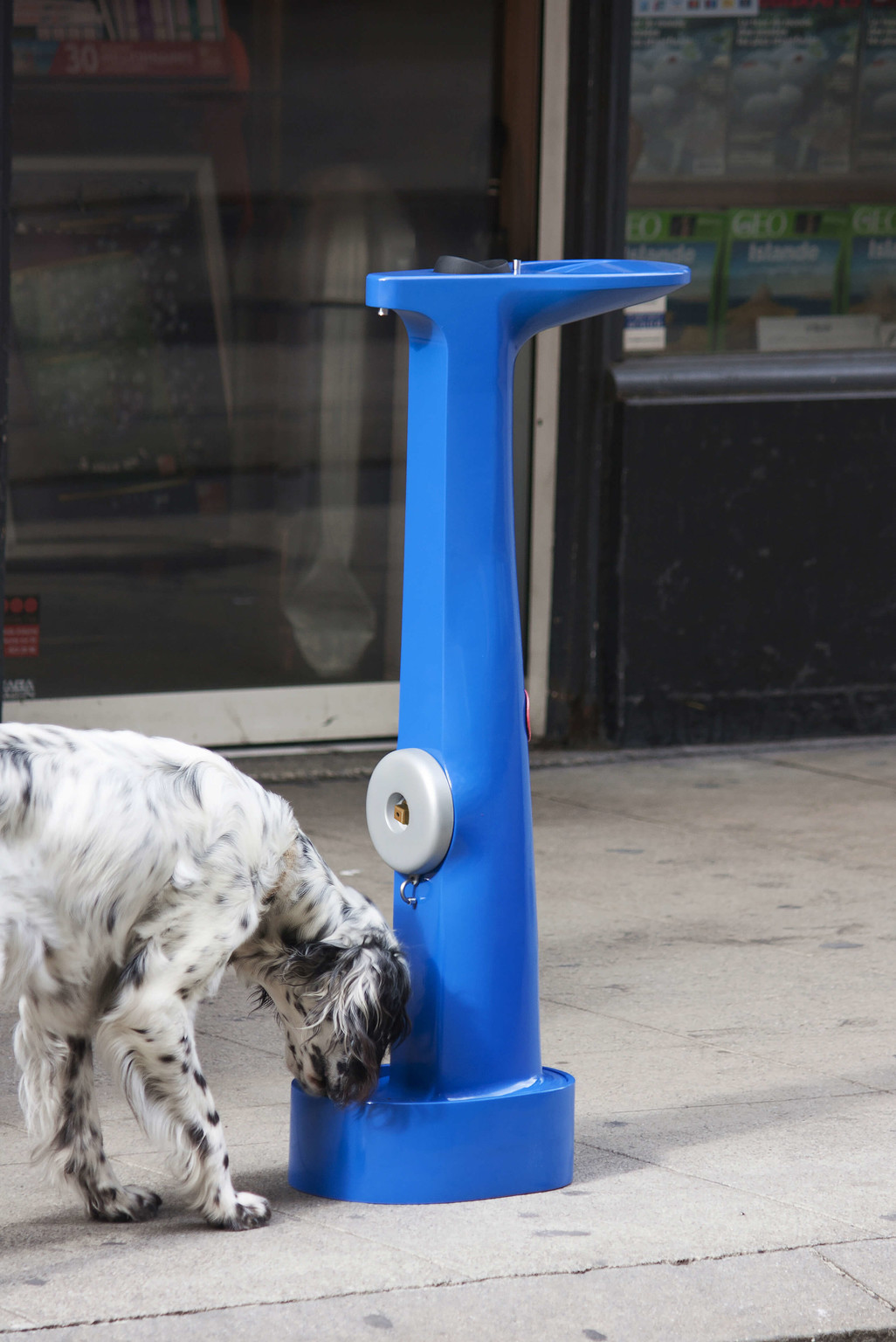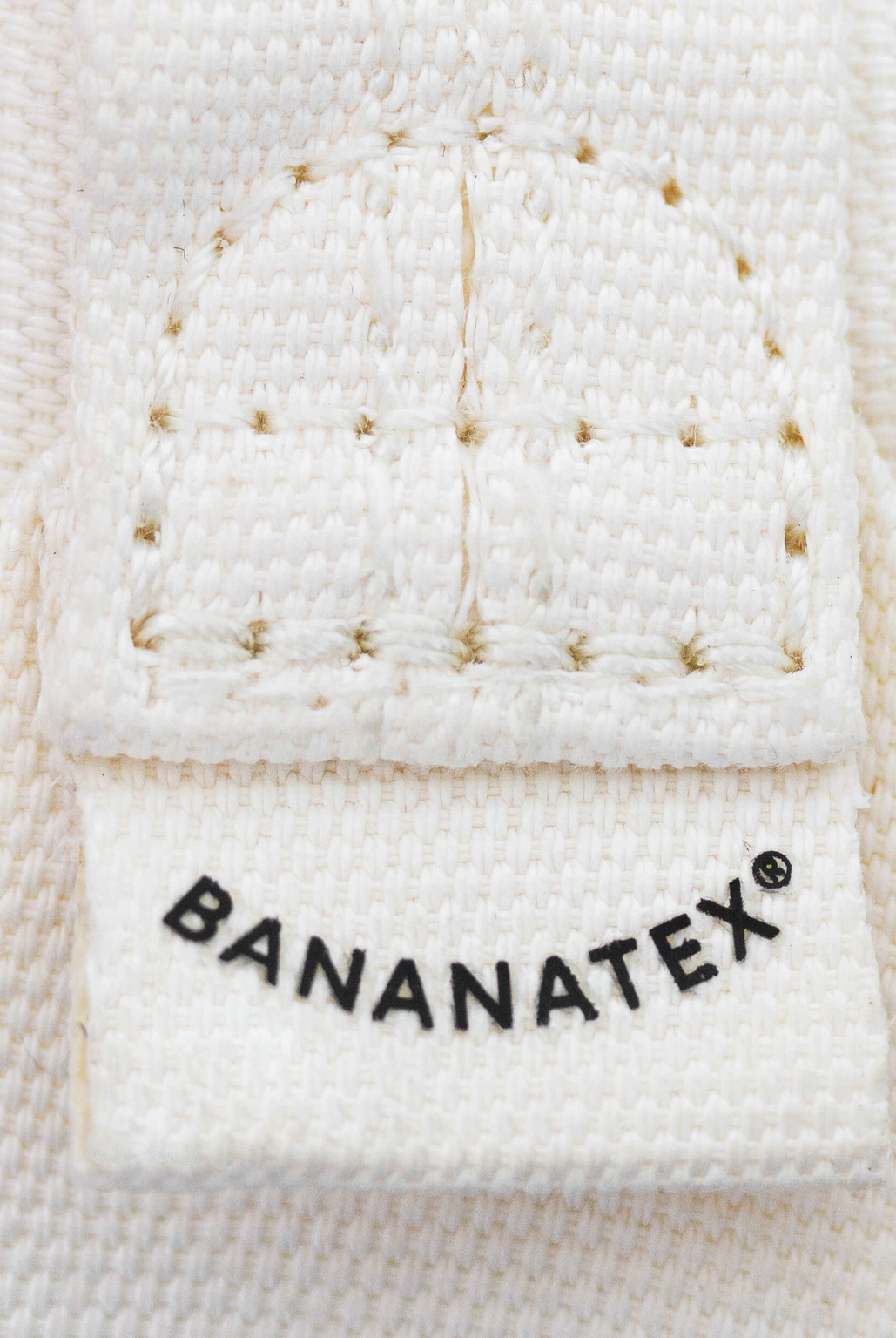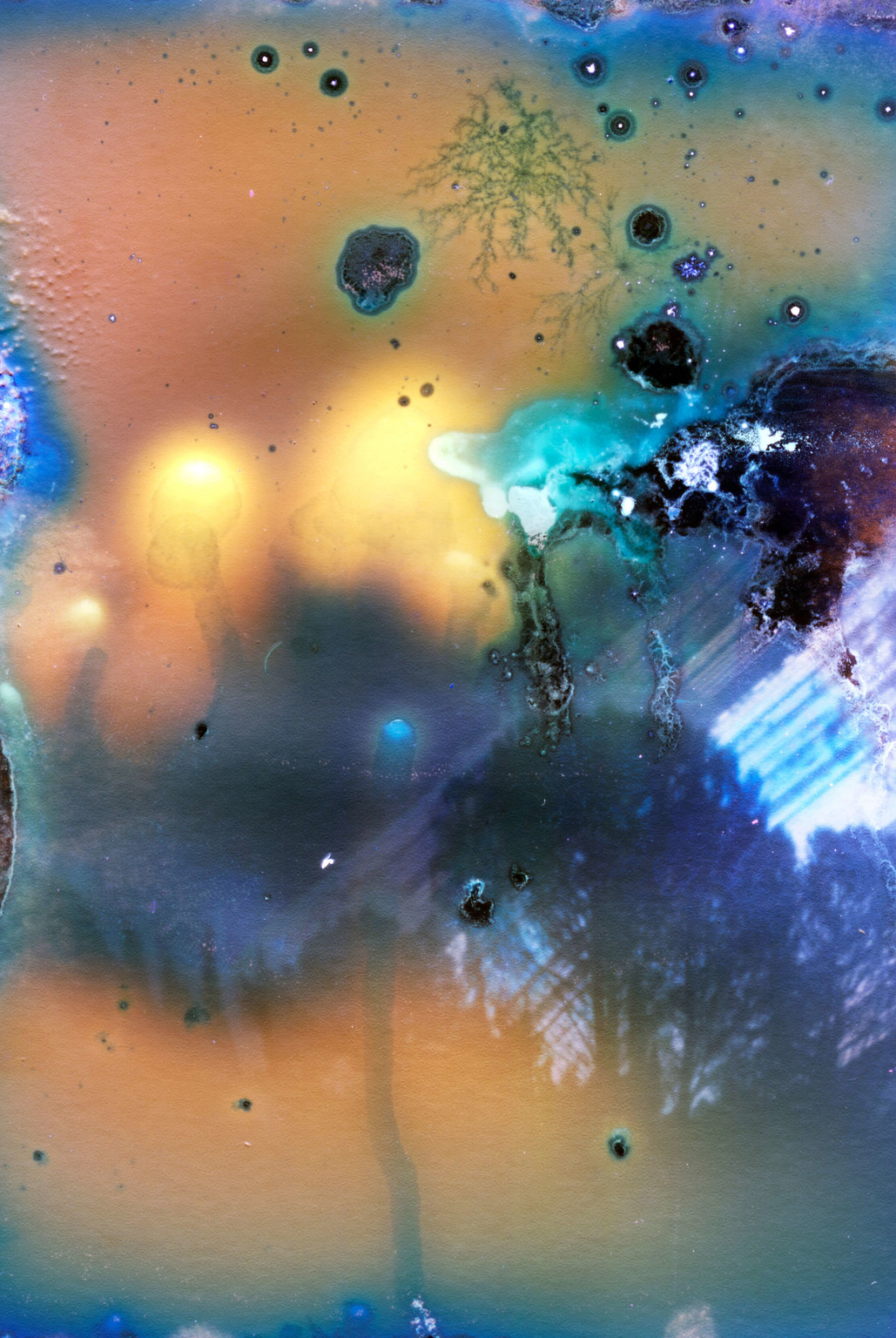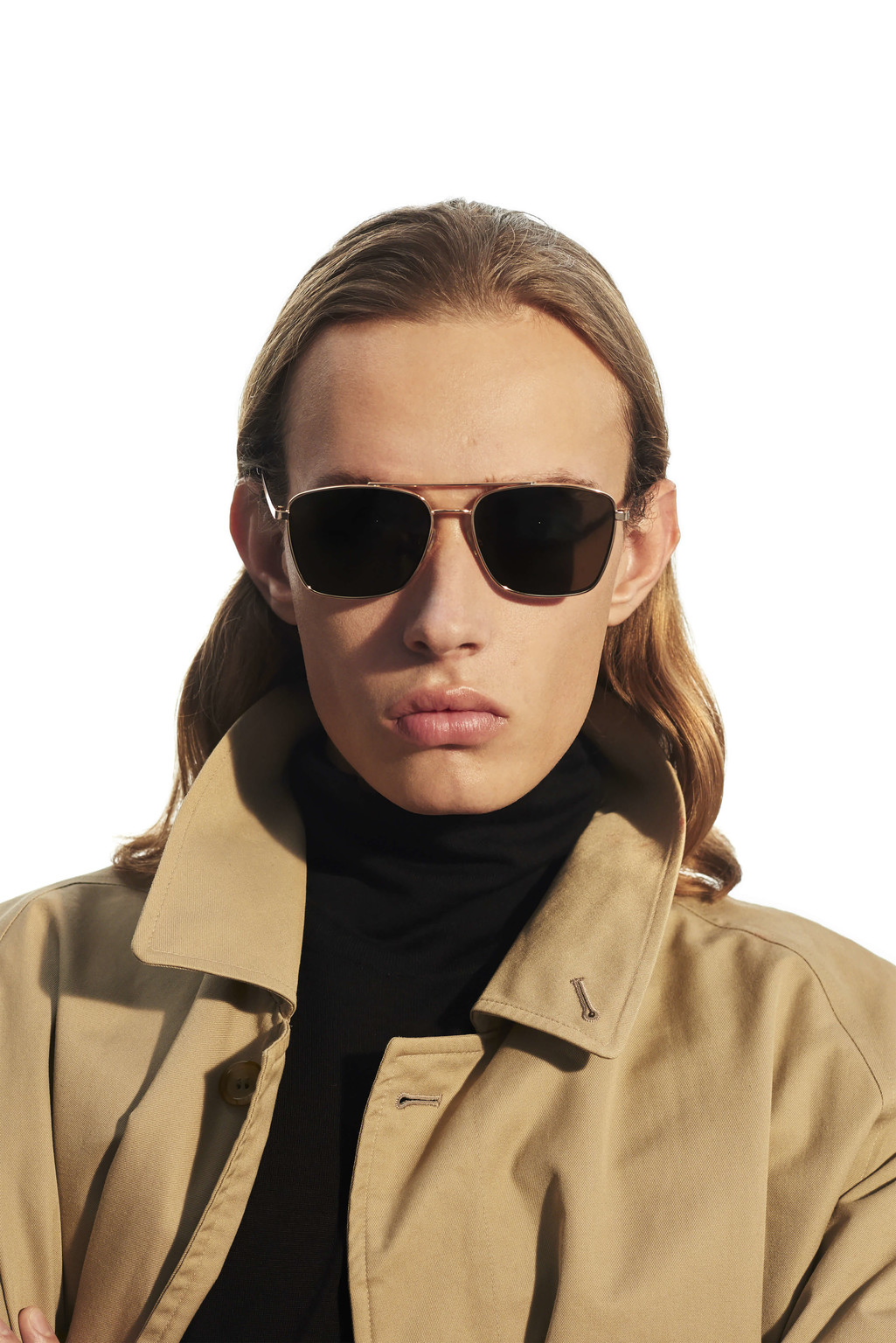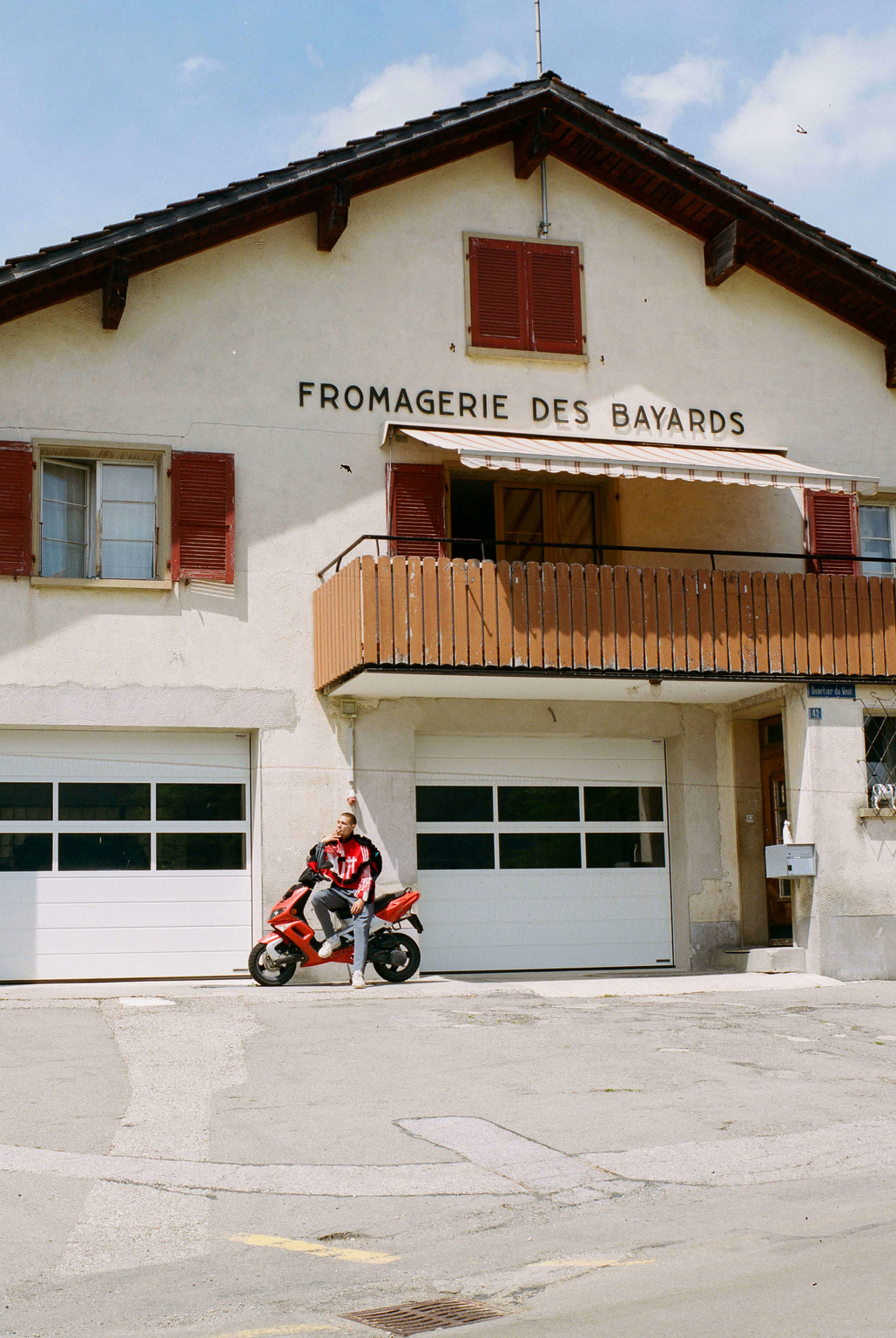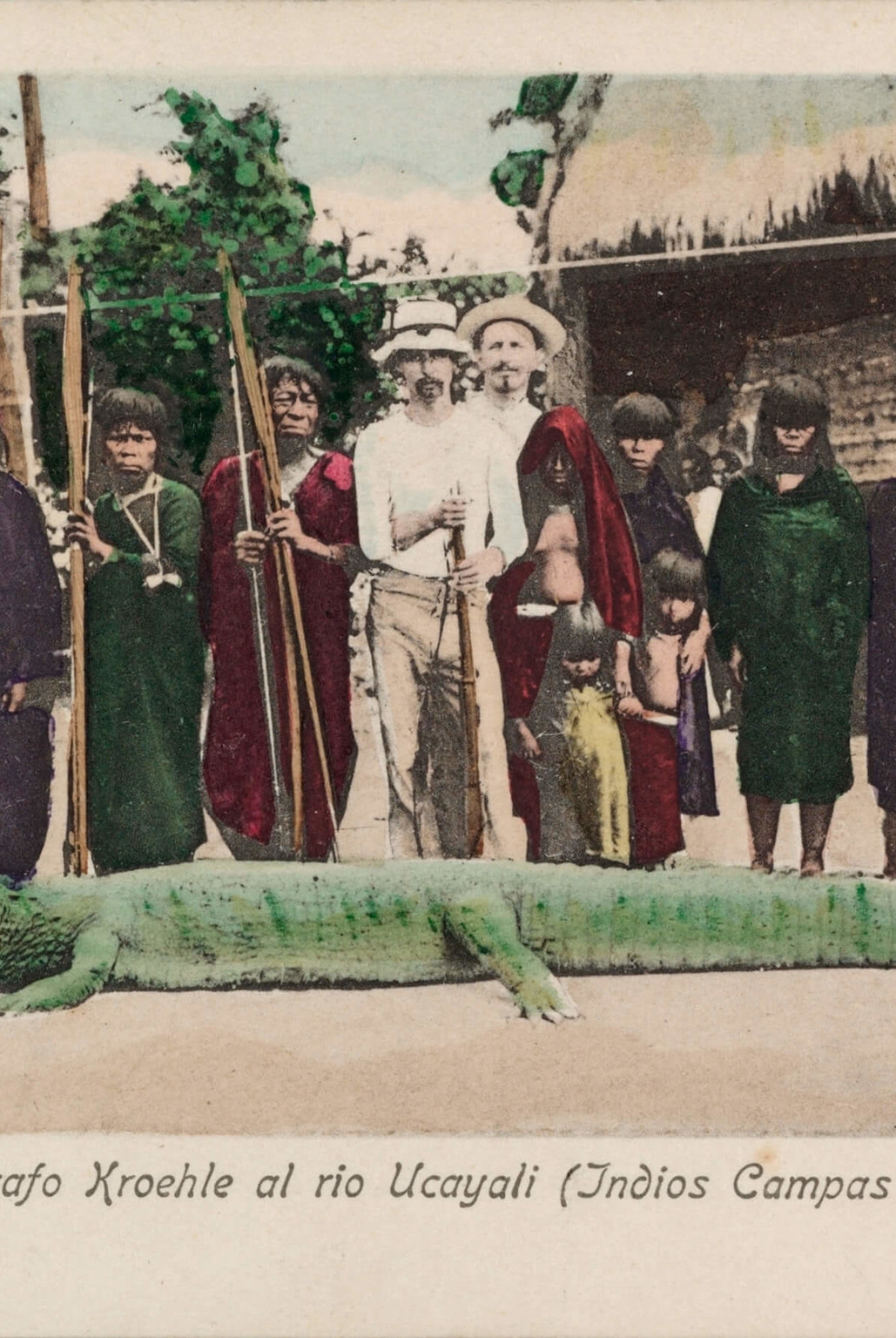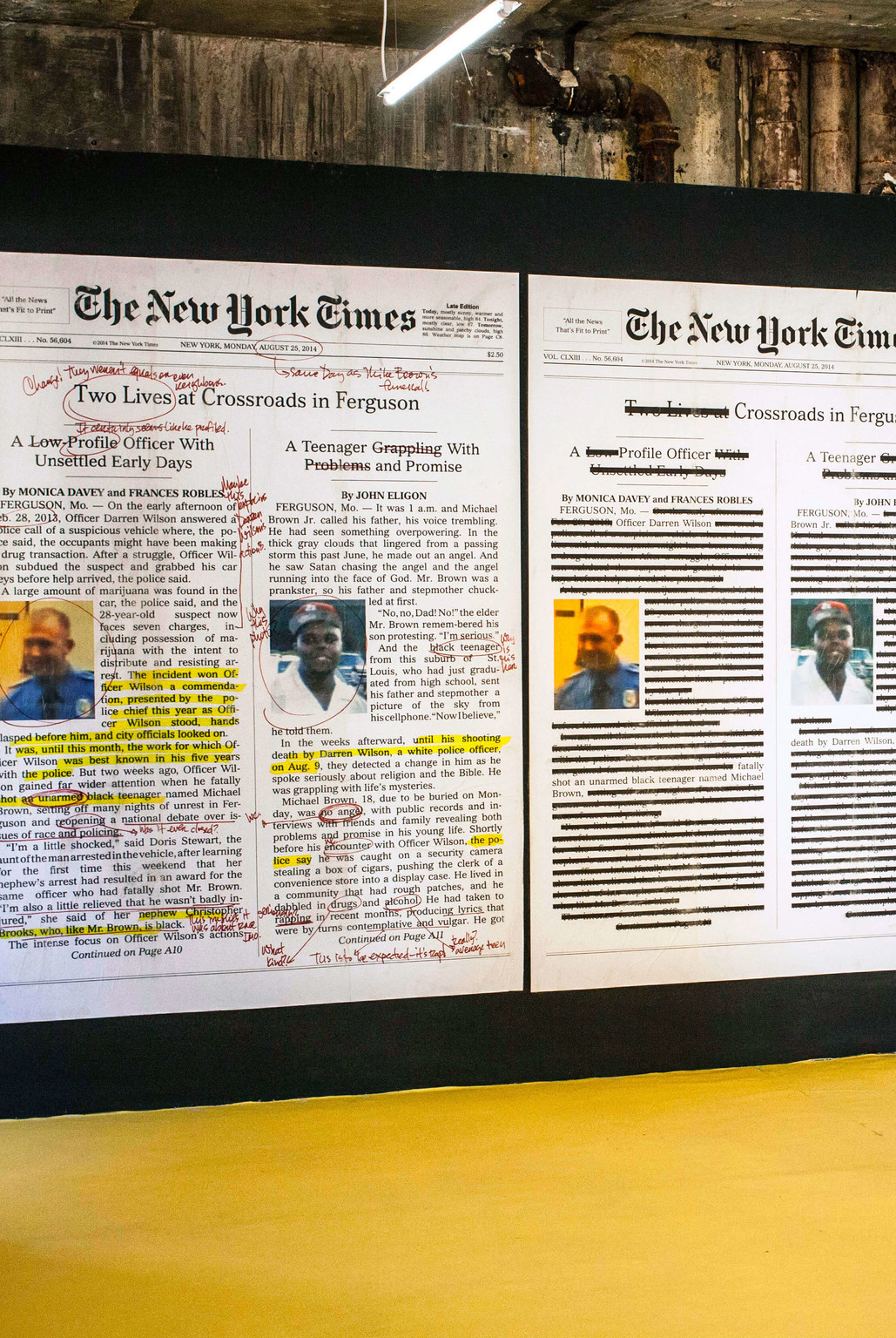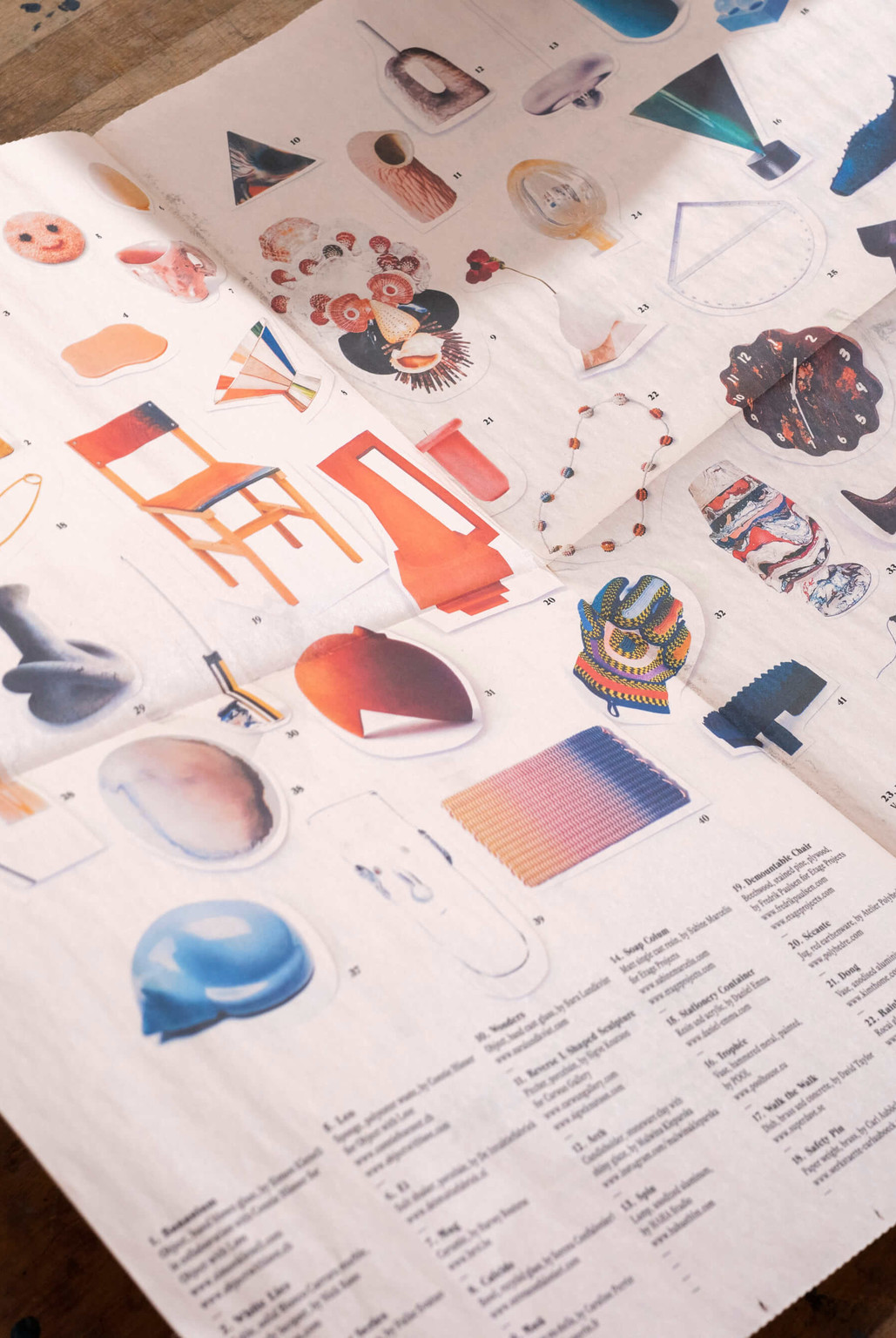Who: Julie Richoz is a product designer committed to exploring ancient, including extra-European, crafts and integrating them into contemporary object design.
When: Now a professor at ECAL, Lausanne, where she obtained her bachelor’s in industrial design in 2012, Richoz worked from 2013 to 2015 as assistant designer at Atelier Pierre Charpin, and from 2016 to 2017 as designer for Louis Vuitton.
She received the 2016 scholarship from the Fondation Leenaards, Lausanne. In 2015 she won a Swiss Design Award, and in 2012 she received the Prix du Jury at Design Parade 7, Villa Noailles, Hyères.
Where: Her designs have been shown, inter alia, at U-Joints, Salone del Mobile, Plusdesign gallery, 2018, Digital Market, the Victoria & Albert Museum, 2018, London, Talisman, Palazzo Clerici, Milan, 2017, One piece a day, Galerie Kreo, Paris, 2016, Play, Château Borély, and the Musée des Arts Décoratifs, Marseille, 2015.
The Museum für Gestaltung, Zurich, acquired Vase Joliette Bleu, Vase Joliette Rose and Armand for its collection in 2015, while Vase Oreille took its place in the collection of Villa Noailles, Hyères, in 2013.
What: Binaire is a collection of carpets made from natural fibres. A digital language is expressed through vibrant patterns woven by hand on Jacquard looms in the historical Manufacture de Cogolin in the south of France.
Isla is a collection of vases developed in the workshops of Nouvel Studio in Mexico City. The hand-blown glass pieces celebrate the glassblowers’ manual skills as much as the extensive chromatic richness of the material.
Cong is a series of lacquerware objects manufactured in Taiwan during the exchange programme A New Layer. Its shape is inspired by a very ancient Asian typology of form but conveys a contemporary and more universal character.
Palma is the result of a two-month residency at Casa Wabi. The room dividers are a support for experimentation on palm weaving with local craftsmen in the rural areas of the state of Oaxaca, Mexico.
Why: Julie Richoz presents four object series that she created in close connection with specific sites of production to affirm the value of local and traditional crafts.




